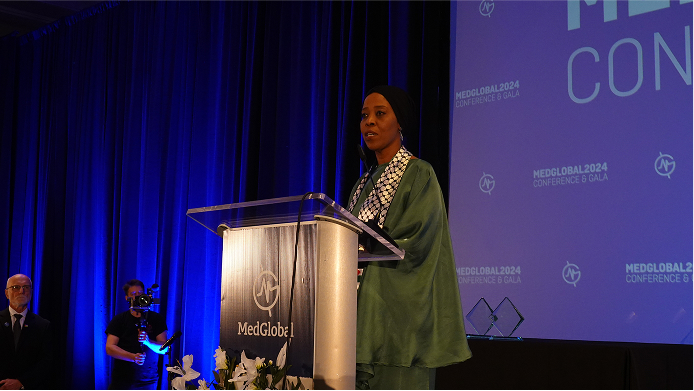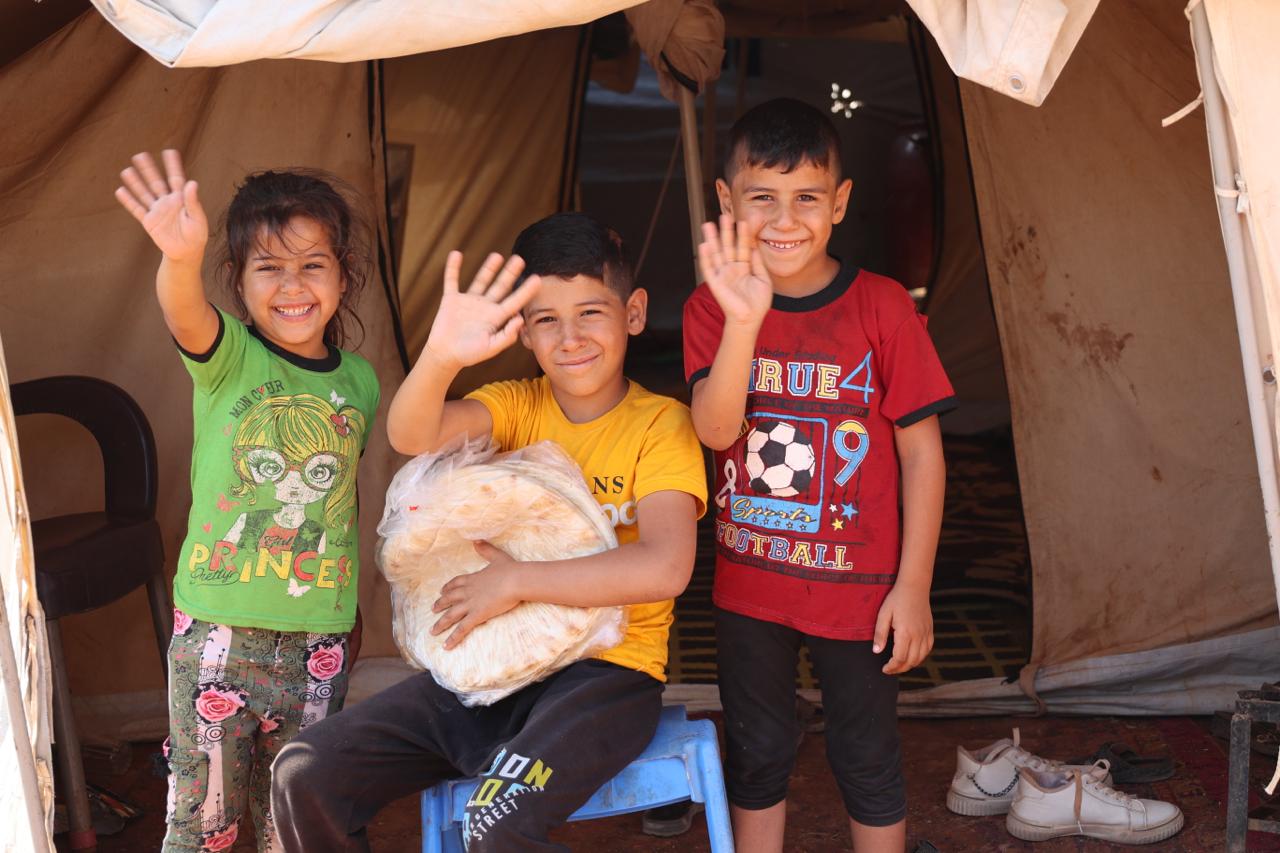Updates & Press
Reports | April 9, 2023
Vaccine Hesitancy among IDPs in NW Syria
Author | MedGlobalComms

Vaccine Hesitancy among Internally Displaced People in Northwest Syria
The COVID-19 pandemic has affected the health, social, and economic conditions of people worldwide, challenging health systems in all countries. It has especially affected vulnerable populations in countries with limited resources and already debilitated or stressed healthcare and public health infrastructure.
COVID-19 vaccines are potentially the most effective means to protect people and to control the pandemic. However, to be effective, they must be both available for administration and accepted by the target population. Vaccine supply has become less of a problem over time, although geographic, economic, and social inequities remain. However, in all parts of the world, including those high resource countries where the supply of vaccine is fully sufficient, substantial proportions of the population either refuse to accept vaccination or have serious concerns about its effectiveness and safety that make them uncertain about accepting vaccination. This refusal or uncertainty has been termed “vaccine hesitancy.” Among the
reasons for vaccine hesitancy are intentionally spreading of misinformation, political issues, religious beliefs, and a lack of accurate information.
Vaccine hesitancy is well described in high resource countries such as the United States, but its prevalence and the reasons for it are less clear in lower resource settings, and especially those where the healthcare and public health systems have been stressed by conflict, mass migration, and political and social disruption.
In this report we describe the results of a survey conducted in Northwest Syria (NWS) by MedGlobal, an international non-governmental organization, of the knowledge, attitudes, and beliefs regarding COVID-19 vaccination in a population that consists largely of internally displaced persons (IDPs), as well as the humanitarian and healthcare workers who work with them. These findings will help target vaccine education to that part of this vulnerable population with the highest prevalence of vaccine hesitancy, and against the most common misinformation.


